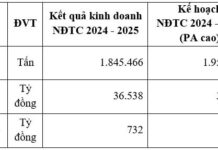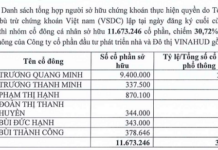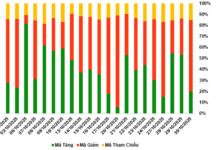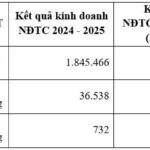Investment Proposal for the Vinh – Thanh Thuy Section of the Hanoi – Vientiane Expressway Project
Project Management Unit 85 has recently proposed to the Ministry of Transport for approval of the pre-feasibility report for the Hanoi – Vientiane Expressway project, specifically focusing on the Vinh – Thanh Thuy section in Nghe An province.
The project’s starting point will connect with the North-South Expressway at the Hung Tay interchange in Hung Nguyen district, Nghe An province. Its endpoint will be located at the Thanh Thuy – Nam On border gate, marking the border between Vietnam and Laos.
The entire route will be situated within Nghe An province, spanning an estimated length of 65 kilometers. In the initial phase, the expressway will feature four lanes with a road width ranging from 22 meters to 24.75 meters, depending on the designed speed of 60-80 km/h or 100-120 km/h. With this scale, including bridges along the route and locations requiring deep excavation or high embankments, the total investment is expected to reach approximately VND 18,500 billion.
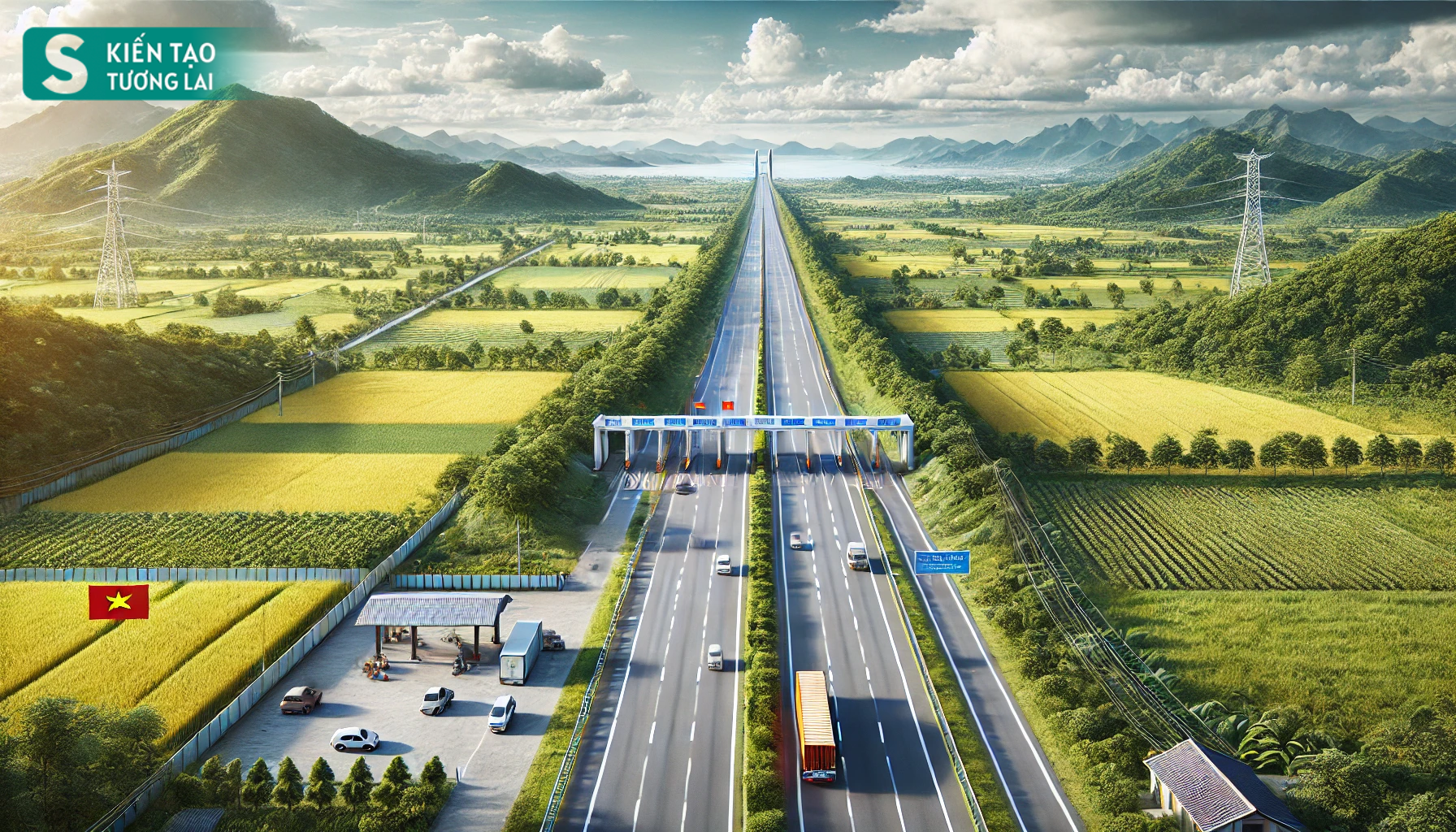
A glimpse into the future: Vinh – Thanh Thuy Expressway. Illustration: AI ChatGPT
Project Management Unit 85 plans to prepare for investment from 2024 to 2025, with the implementation phase spanning from 2026 to 2029.
According to the Road Network Planning for the period of 2021-2030 and a vision towards 2050, the section from Vinh City to Thanh Thuy will feature a complete six-lane expressway with a designed speed of 100-120 km/h, while challenging terrain sections will have a speed limit of 60-80 km/h. However, based on transport demand forecasts and detailed calculations, Project Management Unit 85 has proposed the aforementioned scale for the first phase.
Currently, as the Hanoi – Vinh Expressway has already been established along the North-South Expressway axis, prioritizing investment in the section from Vinh to the Thanh Thuy – Nam On border gate is of utmost necessity and aligns with the directions of the two Parties and the Governments of Vietnam and Laos.
How is the Hanoi – Vientiane Expressway Planned?
The Hanoi – Vientiane Expressway project has been agreed upon by the Governments of Vietnam and Laos for investment and construction, with a priority given to completion before 2030. Specifically, the two governments have agreed to carry out the pre-feasibility study report under the 2015 Bilateral Cooperation Agreement between the Government of the Socialist Republic of Vietnam and the Government of the Lao People’s Democratic Republic and the Vietnam – Laos Transport Connectivity Agreement.
The route alignment of Vientiane – Pac Xan – Vieng Thong – Nam On – Thanh Thuy – Hanoi was approved by the Governments of Vietnam and Laos in February and October 2016, respectively.
The total length of the Vientiane – Hanoi route alignment is 688 kilometers, including approximately 406 kilometers of new construction. This comprises 345 kilometers in Laos and 61 kilometers in Vietnam, stretching from the Thanh Thuy border gate to Vinh City in Nghe An province, where it will connect with the North-South Expressway in the east, currently under construction. The route is designed to accommodate four to six lanes, with an estimated total investment of around USD 6.1 billion.

Envisioning the Future: Hanoi – Vientiane Expressway. Illustration: AI ChatGPT
The Hanoi – Vientiane Expressway project will establish a high-speed, shortest route connecting the capital cities of Vientiane in Laos and Hanoi in Vietnam, facilitating smooth and rapid transportation between the two capitals and Vietnam’s coastal economic zones.
This expressway lays the foundation for the development of the East-West Economic Corridor, linking countries in the Mekong, Indian Ocean, and Pacific regions. It will reduce travel distance and time compared to sea transportation, serving as a vital transportation artery to promote economic and social development in both countries and the wider region.











